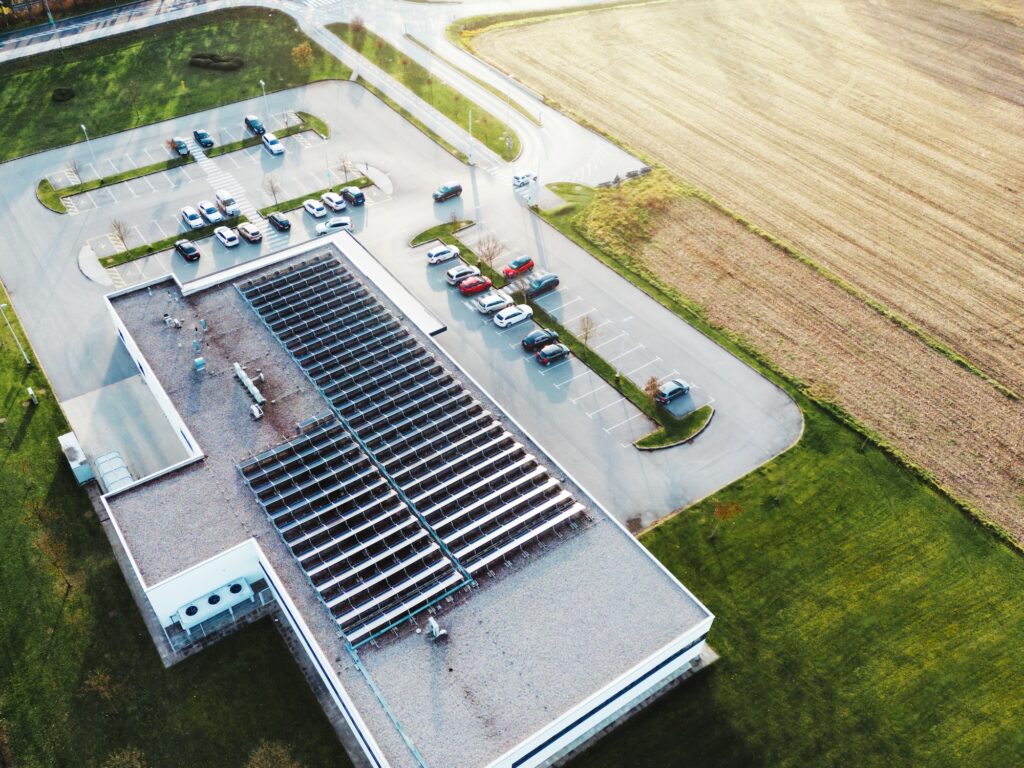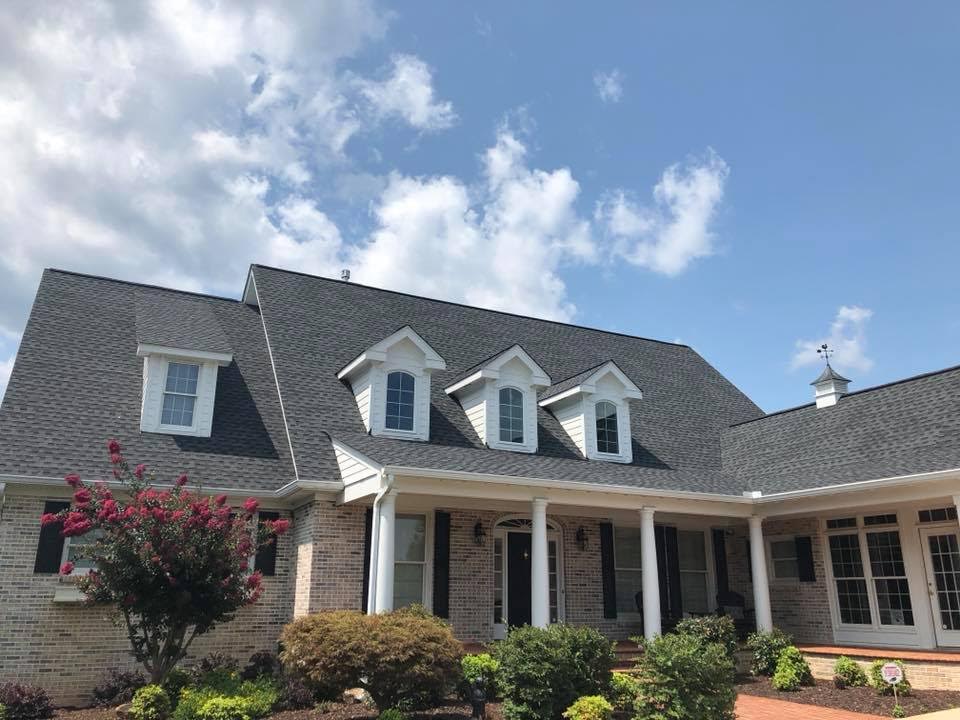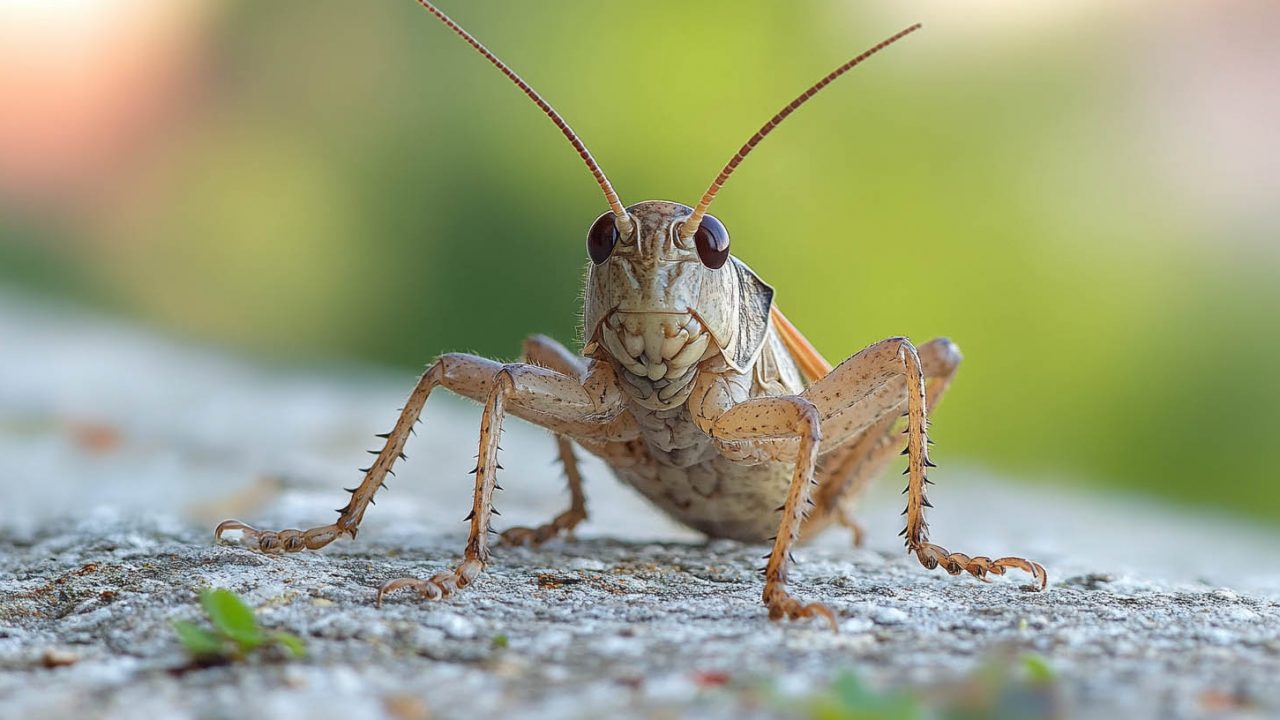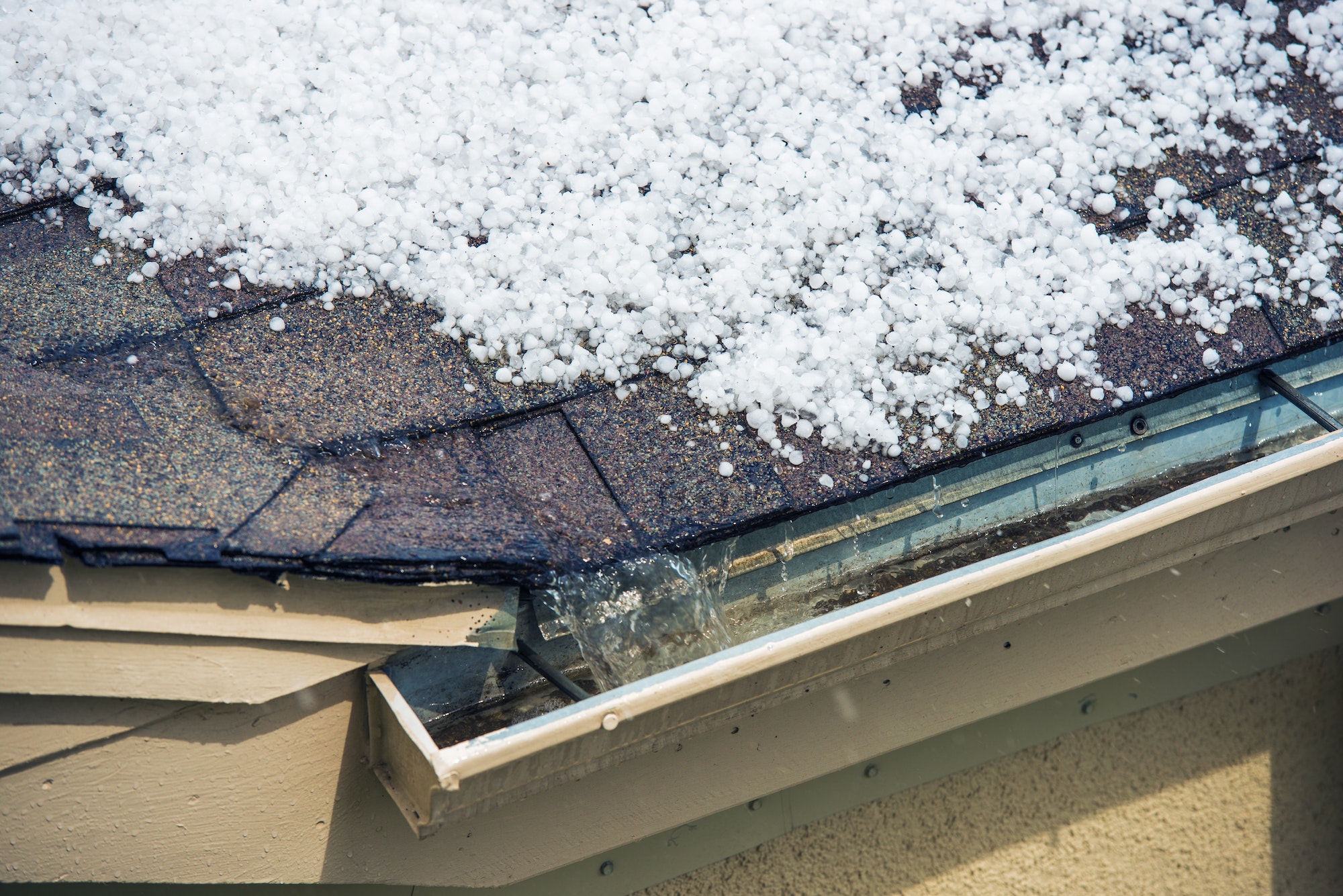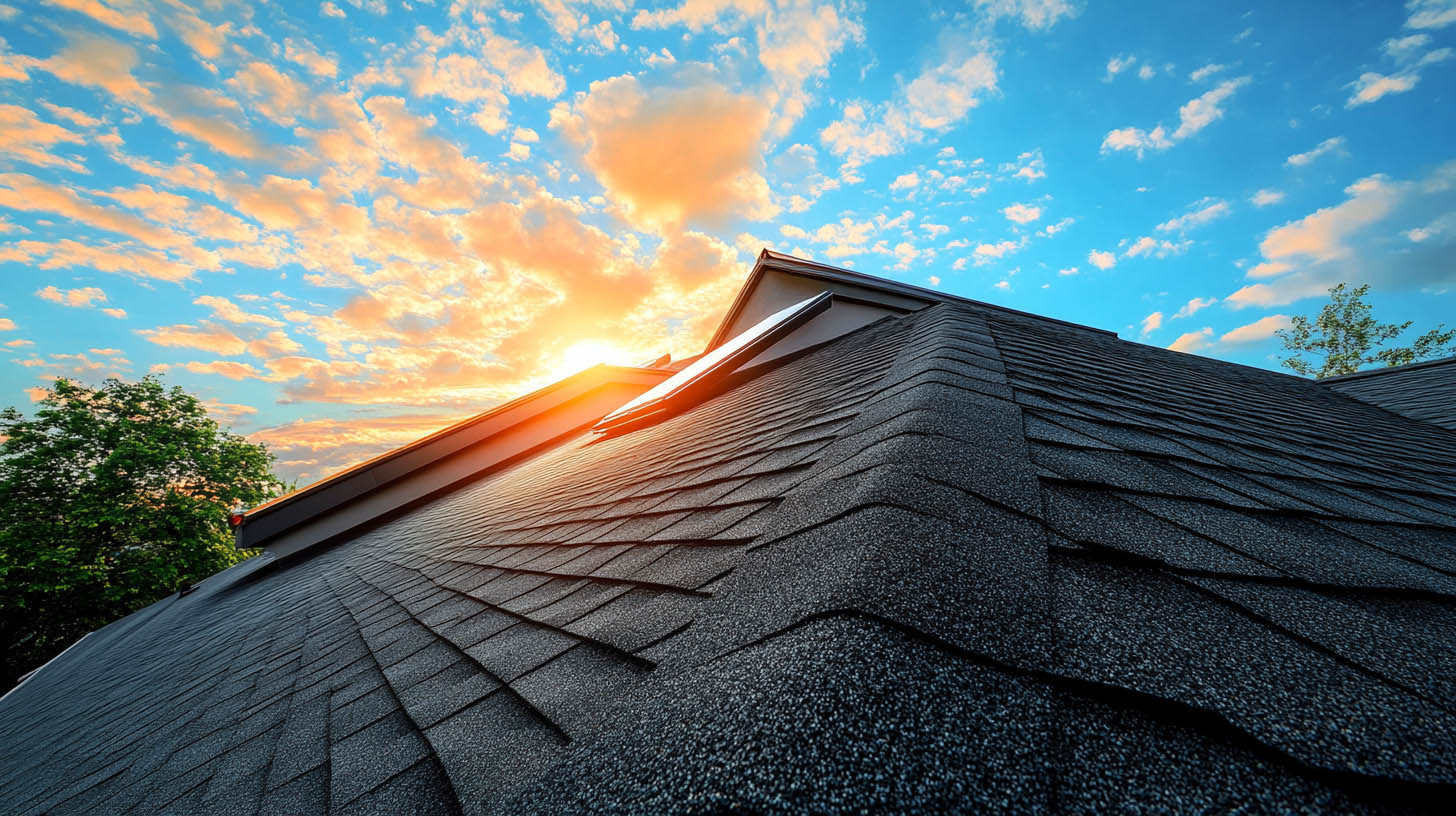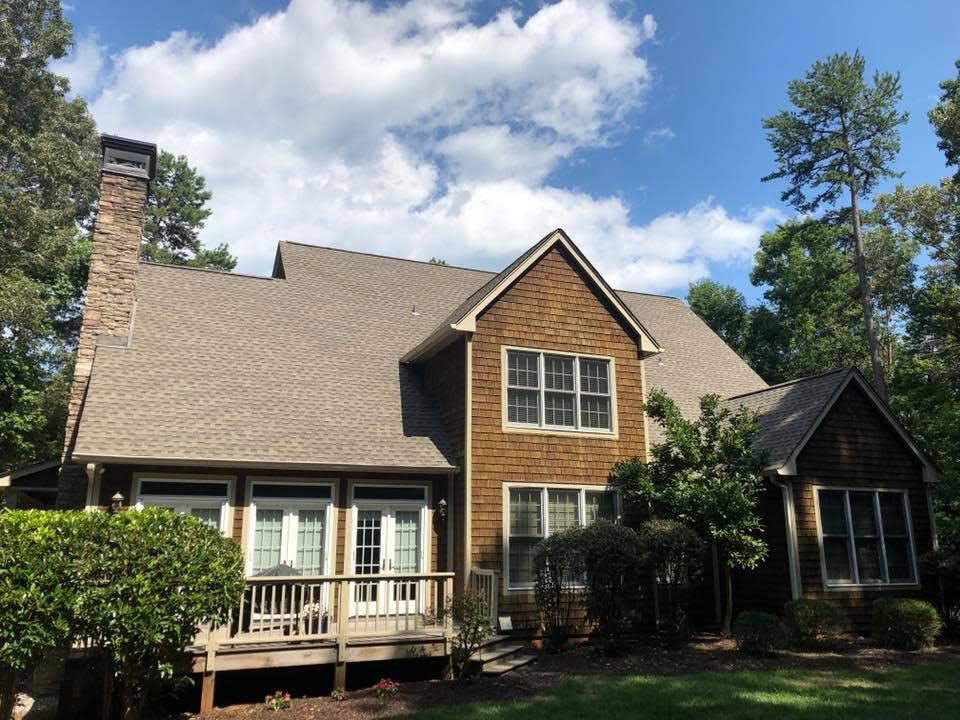Flat roof crickets are essential components in commercial roofing, designed to prevent water accumulation and enhance the longevity of the roof. United Contracting & Roofing LLC in Greenville, SC, specializes in installing and maintaining these vital structures, ensuring your roof remains in optimal condition.
Understanding Flat Roof Crickets
What Are Flat Roof Crickets?
Crickets are triangular structures used to divert water away from areas where it might collect on a roof. Unlike residential roofs, where crickets are often associated with chimneys, commercial roof crickets are usually made from insulation and are strategically placed to ensure effective water drainage.
Key Functions of Crickets
- Water Diversion: Directs water to designated drainage points, preventing ponding.
- Protection: Helps protect the roofing membrane from water-related damage.
- Durability: Extends the life of the roof by reducing water accumulation.
The Importance of Roof Slope
Even flat roofs require a slight slope to facilitate water runoff. The minimum slope recommended for commercial roofs is 1/8 of an inch per foot. This slight incline ensures that water does not stagnate, which could lead to serious issues such as leaks and structural damage.
Slope Implementation
- Structural Slope: Built into the design of the building.
- Insulation Slope: Created using tapered insulation panels.
Placement of Roof Crickets
Common Areas for Cricket Placement
Water tends to accumulate in certain areas on a flat roof, making these locations prime candidates for cricket installation:
- Near Parapet Walls: Directs water towards scuppers and downspouts.
- Around HVAC Units and Skylights: Prevents water from pooling around curbs.
- Between Roof Drains: Ensures even water distribution towards drains.
Crickets Near Parapet Walls
Parapet walls are often found at the edges of flat roofs. While the roof slope generally directs water to the edges, crickets are necessary to prevent water from pooling between scuppers and in corners.
Crickets at Roof Curbs
HVAC units, skylights, and other structures create curbs that can obstruct water flow. Crickets are installed on the high side of these curbs to direct water away, preventing membrane failure and leaks.
Crickets Between Roof Drains
In valleys created by the roof’s slope, crickets ensure that water flows evenly towards the drains, preventing ponding between them.
Design of Flat Roof Crickets
Crickets come in various shapes and sizes, depending on the specific requirements of the roof. The most common design is the diamond shape, which efficiently diverts water.
Types of Cricket Designs
- Quarter Diamond: Used in corners near parapet walls.
- Half Diamond: Commonly placed behind curbs or to divert water to drains.
- Full Diamond: Ideal for placement between multiple roof drains.
Cricket Dimensions
The length and width of a cricket typically follow a 3:1 ratio. For example, if the length from point B to point C is 12 feet, the width from point C to point D would be 4 feet.
Cricket Installation
For effective installation, crickets must have a slope of at least ½ inch. Multiple tapered insulation panels can be used to achieve the desired size and slope, ensuring optimal water diversion.
Installation Steps
- Determine Placement: Identify areas prone to water accumulation.
- Select Design: Choose the appropriate cricket shape (quarter, half, full diamond).
- Install Insulation: Use tapered panels to create the necessary slope.
- Ensure Coverage: Make sure the cricket covers the entire area needing drainage.
Maintenance and Inspection
Regular Maintenance
To ensure that crickets function effectively, regular maintenance and inspection are crucial. Debris accumulation can impede water flow, so cleaning and inspection should be part of the routine maintenance schedule.
- Debris Removal: Clear leaves, dirt, and other debris from the roof.
- Inspect Crickets: Check for any damage or wear and tear.
- Verify Drainage: Ensure that water is flowing correctly towards drains.
Importance of Professional Inspection
Having a professional inspect your roof regularly can identify potential issues early and ensure that crickets and other drainage components are functioning as intended.
- Early Detection: Professionals can spot problems before they become serious.
- Expert Solutions: Technicians provide effective solutions to maintain roof health.
- Comprehensive Service: Professional inspections include a thorough check of all drainage systems.
Conclusion
Flat roof crickets are vital for effective water management on commercial roofs. By strategically placing these structures, water is diverted away from vulnerable areas, preventing damage and extending the roof’s lifespan. United Contracting & Roofing LLC provides expert installation and maintenance of roof crickets, ensuring your commercial roof remains durable and efficient.For more information on the importance of proper drainage systems, click here.

